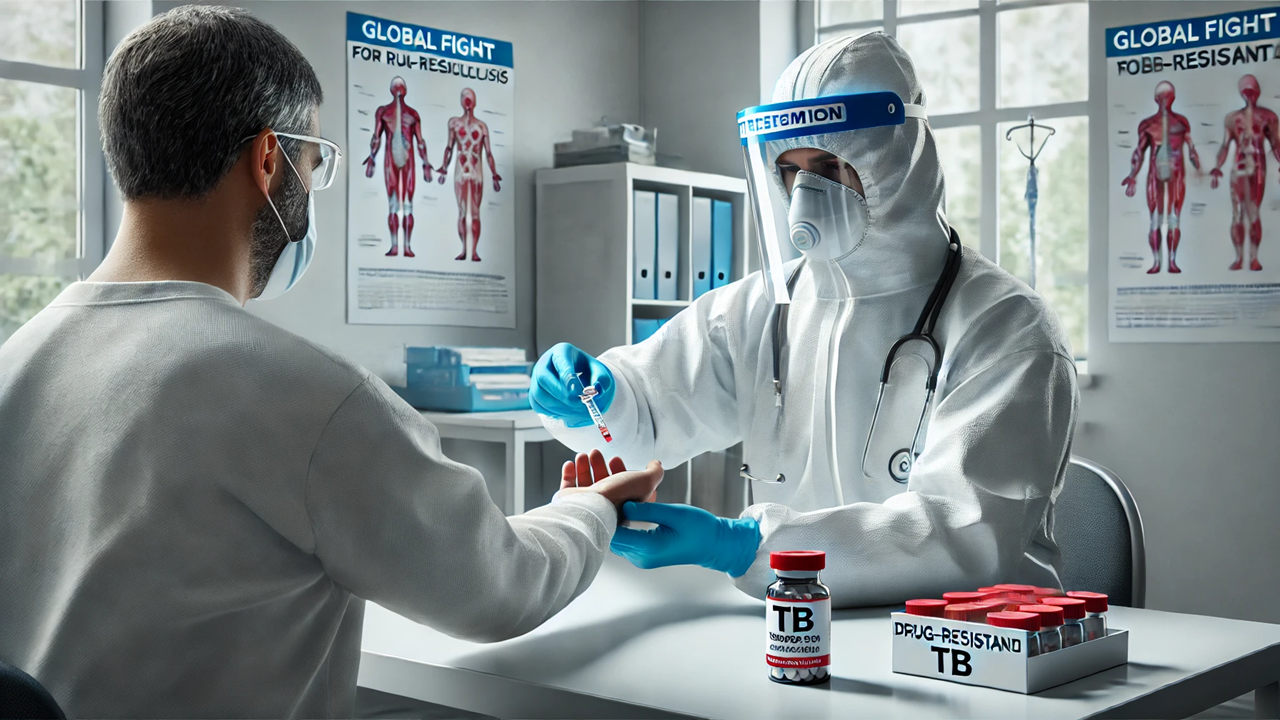IAEA Experts Call for Updated Patient Safety Measures in Evolving Nuclear Medicine
Nuclear medicine uses radiopharmaceuticals—radioactive tracers administered orally or via injection—to visualize or treat conditions inside the body.

Rapid advances in nuclear medicine are transforming the way diseases are diagnosed and treated, but these innovations are also driving the urgent need to update radiation protection guidelines for patients, according to international experts convened at the International Atomic Energy Agency (IAEA) headquarters in Vienna, Austria.
With an estimated 40 million diagnostic nuclear medicine procedures performed worldwide each year, and with the introduction of new radiopharmaceuticals and imaging technologies, the variety and complexity of nuclear medicine applications are expanding faster than existing safety guidance can keep pace.
Balancing Innovation with Patient Safety
The global meeting brought together health professionals, regulators, educators, and researchers from 35 countries across Africa, Asia and the Pacific, Europe, and Latin America, as well as eight international organizations. Participants assessed emerging trends, clinical results, and challenges in patient radiation protection, concluding that while nuclear medicine is showing “excellent” clinical potential, harmonized, up-to-date safety protocols are essential.
“Together, we identified common challenges in the radiation protection of patients in modern nuclear medicine and provided recommendations for filling gaps in guidance and harmonizing practices,” explained IAEA Radiation Protection Specialist Chadia Rizk.
How Nuclear Medicine Works
Nuclear medicine uses radiopharmaceuticals—radioactive tracers administered orally or via injection—to visualize or treat conditions inside the body. These tracers are detected by advanced imaging systems such as gamma cameras, positron emission tomography (PET) scanners, and single photon emission computed tomography (SPECT) systems.
Recent developments have introduced novel radiopharmaceuticals for both diagnostic and therapeutic use, creating more specialized imaging and treatment options. Simultaneously, advanced imaging technologies—including digital PET/CT, long axial field-of-view PET/CT, and digital SPECT/CT—are poised to enter clinical use, offering unprecedented resolution and efficiency.
The Growing Role of AI and Dosimetry
Meeting Chair Michael Lassmann, retired professor from the University Hospital of Würzburg in Germany, noted that while current safety protocols for patients, health workers, and the public are well established, the speed of technological innovation necessitates updated regulatory requirements, improved training, and new educational materials.
One key discussion point was patient dosimetry—the calculation and optimization of the radiation dose a patient receives during nuclear medicine procedures. Experts highlighted the potential of artificial intelligence (AI) to refine and accelerate dose calculations, thereby improving the accuracy of treatments and reducing unnecessary exposure.
Recommendations for the Future
IAEA Radiation Protection Specialist Vesna Gershan outlined plans to develop new IAEA publications, training courses, and guidance materials to ensure that radiation protection practices remain relevant—especially for radiopharmaceuticals now in clinical trials or recently introduced to routine care.
Participants also called for:
-
Enhanced training for medical and technical staff.
-
Greater availability of high-performance imaging equipment.
-
Wider access to dedicated dosimetry software in radionuclide therapy.
-
Assessments of non-standardized practices in medical facilities worldwide to improve global adherence to safety standards.
Addressing these needs, they agreed, will strengthen patient safety, enhance clinical outcomes, and ensure that the benefits of cutting-edge nuclear medicine outweigh the risks.
IAEA Support for Professionals
The IAEA continues to support nuclear medicine professionals through eLearning courses, FAQs for patients and practitioners, and technical training materials hosted on its radiation protection information hub. These resources aim to improve awareness, standardize best practices, and foster international collaboration.
Looking ahead, nuclear medicine and radiation protection will be a major focus at the IAEA International Conference on Radiation Protection in Medicine: X Ray Vision, scheduled for 8–12 December 2025 in Vienna. Registration details are available on the IAEA website.
By advancing both technology and safety protocols, the nuclear medicine community aims to deliver precise, effective, and safe care—ensuring that as innovation accelerates, patient protection remains at the heart of practice.
ALSO READ
Mysuru Hosts the Storied Maharaja Trophy in a T20 Spectacle
Political Spectacle: BJP Criticizes Congress's Bengaluru Rally
Ravindra Jadeja's Spectacular Batting Renaissance in England: A Modern Cricket Epic
Rory McIlroy Questions Playing Captains in Ryder Cup's Modern Spectacle
Hyderabad to Host Spectacular Comic Con India










